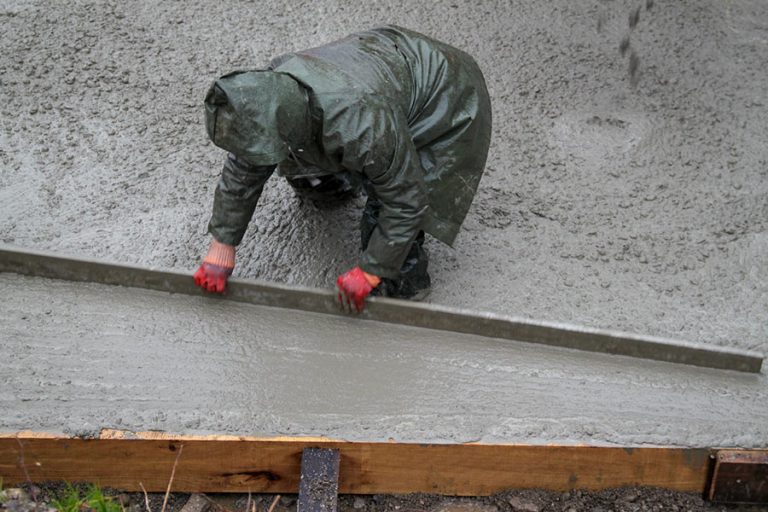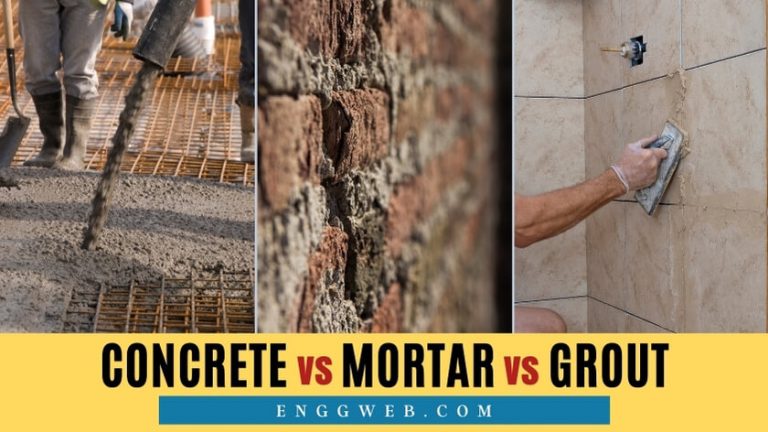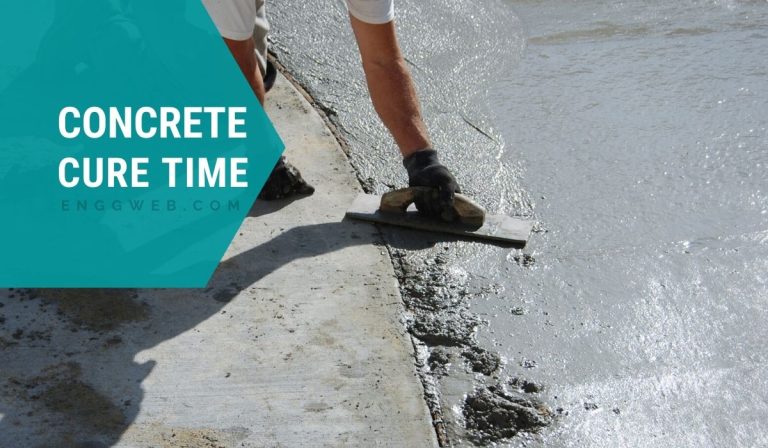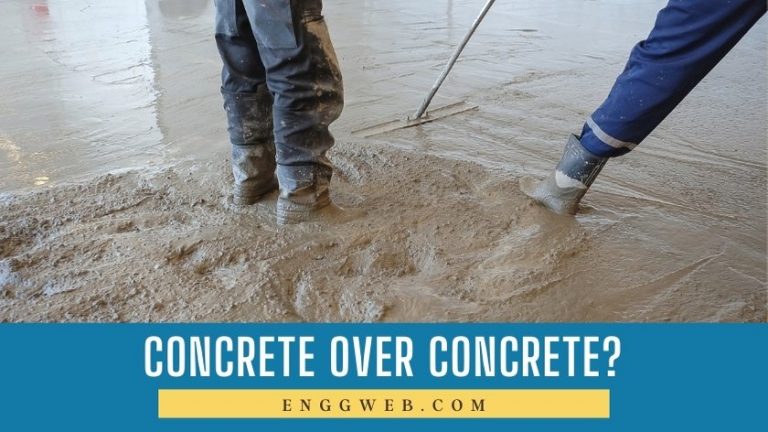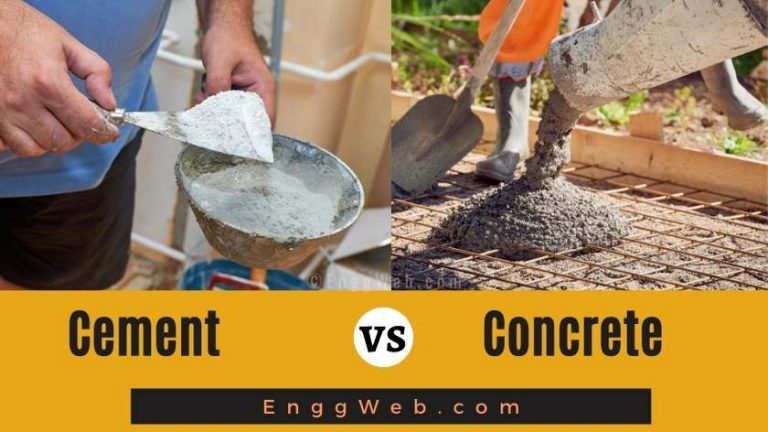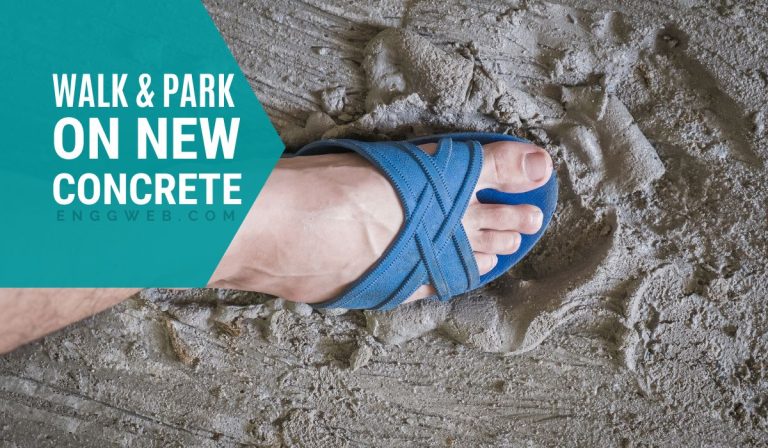Shotcrete
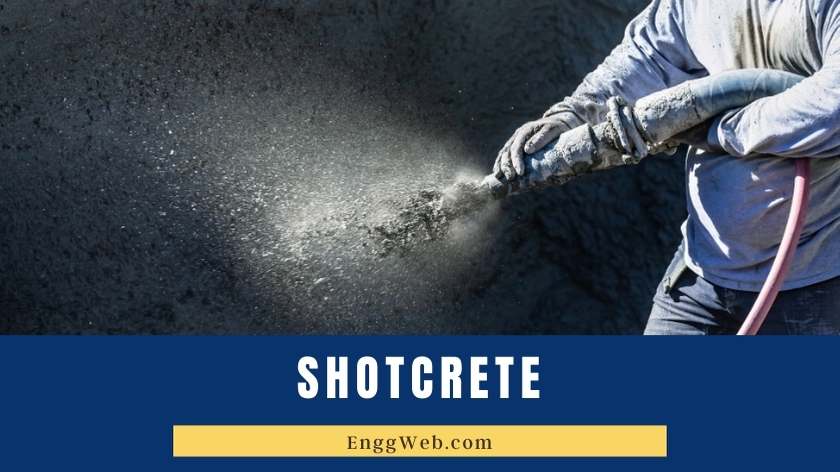 Shotcrete, used in a wide variety of applications, is an exciting relative of regular concrete. What is it, and how do you apply it? Read on to find out.
Shotcrete, used in a wide variety of applications, is an exciting relative of regular concrete. What is it, and how do you apply it? Read on to find out.
Contents
What is Shotcrete?
Shotcrete is a mortar mixture comprised of cement, water, and fine aggregate. Usually, mix designs include plasticizing and set accelerating admixtures, and fiber reinforcement. This mortar mixture is “shot” onto vertical and overhanging forms (walls, ceilings, and tunnels) at high velocity using pneumatic equipment.
Shotcrete is used as a mode of reinforcement in applications where regular concrete is impractical, such as tunnel linings, mining shafts, and vertical rock faces. Here, the substrate is usually unstable without proper support. Once the shotcrete is applied, it stabilizes the substrate by literally holding it together. When appropriately applied, it improves the stability of tunnel and shaft linings in underground applications and minimizes rockfalls in unstable areas.
The Shotcrete Process
The shotcrete process starts with the proper mix design. Since high early strength is essential, the cement: water ratio is high. The higher this ratio, the higher the resultant compressive strength of the shotcrete. Since air pockets generally form during the application, this ratio is critical. To aid in early strength development, a set enhancing admixture is added at the nozzle. When applied correctly, this allows the shotcrete to set instantly as it hits the substrate.
Shotcrete is generally mixed far in advance and pumped over long distances before application. To maintain fluidity in the mixture, batchers add super-plasticizing admixtures to the mix design. These, along with set retarding admixtures, slow the cement hydration process by keeping the cement particles physically separated from each other. Here’s some more information on chemical admixtures.
Shotcrete applications also call for high flexural strength, something concrete traditionally lacks. Traditional concrete is ten times as strong in compression as it is in tension. To enhance tensile strength, microfibres are added to the mix design. Since these could block the applicator nozzle, they are usually added at the nozzle – more on that later.
Once mixed, shotcrete gets pumped from the mixing or batching facility to the point of discharge. Here, the mixture is shot at the target substrate through a high-pressure pneumatic nozzle. Once the set accelerating admixture gets added, the shotcrete sets within seconds, so it is appropriately hard the moment it hits the substrate. This is good news since the substrate is usually vertical walls or roofs, such as tunnel linings, rock faces, and mining shafts. Now, all the shotcrete needs a bit of time (one day, at the most) to gain additional strength.
During the shotcrete application process, a portion of the shotcrete rebounds from the substrate. This rebound material must be cleaned away immediately using a blowpipe (compressed air fed through a pipe).
Types of Machines Used
Shotcrete applications vary widely in size and complexity. For this reason, the machinery used in the process also varies greatly. To understand the machinery used, we break the process down into parts: batching, admixture dispensing, air compressor, and nozzle.
Batching
Shotcrete mixes are usually measured by weight since this is far more accurate than volume batching. For this reason, a series of scales are always present at the batching facility.
In dry shotcrete applications, the dry mixture is transported to the point of discharge, where water is added at the nozzle. For wet shotcrete applications, all constituents, except for fibers and set accelerating admixtures, are mixed before transportation to the point of discharge. Barring this difference, the process for both applications is the same.
For large jobs, a continuous supply of shotcrete is essential. Here, mixer screws feed material into a large mixing drum with adequate agitation to maintain a homogeneous mixture. Alternatively, large batches of shotcrete are delivered by ready-mixed concrete trucks.
For small jobs or jobs with limited space, a small, portable batching drum is used. Here, materials are accurately weighed on an electronic balance and dispensed into the batching drum by hand.
Note that fibers are added at the point of discharge since they tend to block the nozzle.
From the batching facility, shotcrete is pumped to the point of application.
Admixture Dispensing
Admixtures additional occurs at various stages of the process. This depends on the application and the type of admixture. Liquid admixtures get added during the batching process since this ensures thorough incorporation of the admixtures into the mixture. That is all admixtures except the set accelerator. Powder admixtures could be added during the batching process, or at the nozzle. Set accelerating admixtures are always added at the nozzle – adding them too soon would cause the entire batch to set.
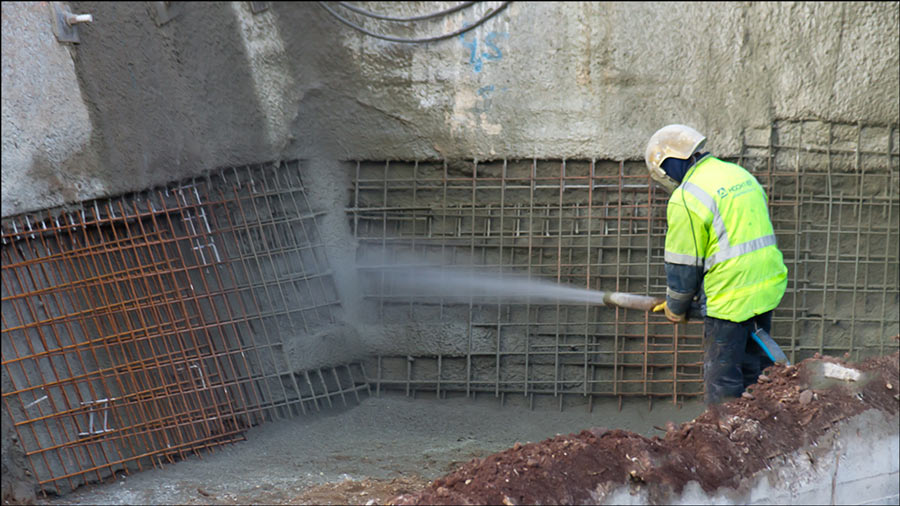
Air Compressor
The nozzle and blowpipe operate using compressed air. The air compressor on site should have adequate capacity to provide a constant nozzle pressure and ensure efficient operation of the blowpipe. Additionally, the compressor should supply air to any other equipment on-site that also require compressed air.
Nozzle
A variety of nozzle configurations are available on the market, with each of these suited to specific applications. Generally, the nozzle consists of a tip, where discharge takes place, and a water ring (in the case of dry shotcrete). A control valve allows the operator to control the flow of shotcrete and water through the nozzle, and a special admixture and fiber dispenser are present at the nozzle tip.
Properties of Shotcrete
Shotcrete properties vary widely, depending on the application and the on-site practices. While shotcrete’s compressive strength is similar to that of traditional concrete (30 – 60 MPa), its flexural strength is usually much higher, due to the inclusion of fibers. The same holds for bond strength, due to the cementitious extenders and admixtures used in this application. Cementitious extenders are materials with similar properties to cement, added to a concrete mix design to extend the cement – these are usually far cheaper than cement. More information on cement extenders is available here.
Shrinkage properties of shotcrete are similar to that of traditional concrete. When including more water or silica fume in the mix design, shrinkage increases, while the addition of coarse aggregate decreases shrinkage. A high rebound rate also increases shrinkage.
Toughness, or the relationship of post-crack load capacity to the load capacity at first crack, is high for shotcrete. The proper use of fibers enhances this property. Traditionally, shotcrete applications relied heavily on steel fibers, which are costly and difficult to manage on-site. With new technology, companies can utilize plastic fibers that outperform steel fibers in all aspects. These are easier to manage and with the added benefit of being rustproof and chemically inert.
Is Shotcrete Stronger than Concrete?
Yes and no. Shotcrete has similar compressive strength to concrete, but a much higher flexural strength.
What is the difference between Gunite and Shotcrete?
Nomenclature. Gunite is a trading name for the original type of shotcrete. In contrast, shotcrete is the umbrella term for pneumatically applied mortar.
Wet vs. Dry-Mix Shotcrete
The main difference between wet mix and dry mix shotcrete is the point at which water gets added. For wet mix shotcrete, water is added during the initial mixing. In contrast, dry mix shotcrete only gets water in the delivery hose. These methods are suited to different applications.
Dry mix shotcrete is best for smaller areas, minimizing post-job cleanup. In contrast, wet mix shotcrete is better for larger, more complex applications with considerable rebar reinforcement.
Applications of Shotcrete
Shotcrete has a wide range of applications. Generally, shotcrete is used for underground stabilization, such as in mining shafts and tunneling applications. It also gets used to line swimming pools and stabilize rock faces to minimize rock falls.

Shotcrete FAQ
How Far can you Pump concrete?
Concrete pumping applications vary widely, in line with the mix design and the vertical distance. If you’re pumping against gravity, the distance you can pump concrete decreases, since the pump has to work harder. If you’re going with gravity, the distance increases. The current world record for the tallest vertical concrete pumping application is 606m, done during the construction of the Burj Khalifa in Dubai.
The horizontal distance that you can pump concrete is far less than the vertical distance since segregation becomes an issue. Here, 300m is the limit (https://www.embassyconcretepumps.co.uk/faqs/)
How Long Does Shotcrete Take to Cure?
Since shotcrete reaches the initial set immediately after application, the curing process is much faster than with traditional concrete. That said, curing varies according to the application and mix design. With curing, longer is always better. Protecting the shotcrete from direct sunlight and wind, and keeping it damp during the first seven days after application, would enhance curing properties.
Why Does Shotcrete Crack?
The main cause of crack formation in concrete is insufficient curing. Here, water evaporates from the surface when the wind blows over the freshly placed concrete, or if it is exposed to direct sunlight. The surface layer dries out, while the deeper layers are still properly hydrated. This difference in water concentration leads to differences in strength development and shrinkage, with the top layer shrinking more than the deeper layers, leading to crack formation.
How Often do you Water Shotcrete?
In swimming pool applications, shotcrete should be watered two or three times daily during the first 14 days after casting. This enhances curing and aids in proper strength development.
Is Shotcrete Waterproof?
Shotcrete is watertight, not waterproof. No concrete is genuinely waterproof – given enough pressure and time, water seeps through even the best-designed concrete barriers. The fact that shotcrete is watertight means that water, under normal operating conditions, water is unlikely to permeate through the shotcrete barrier.
Final Thoughts
Shotcrete is widely used in reinforcing and stabilization applications, along with swimming pool linings. We hope that you found this article informative and that you have a new appreciation for the broad field of concrete technology and civil engineering.

